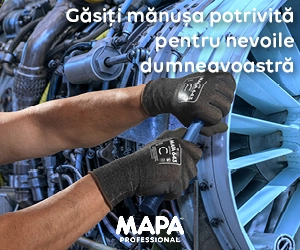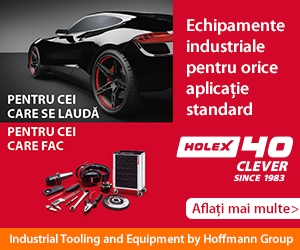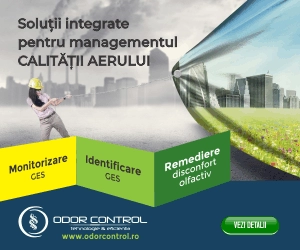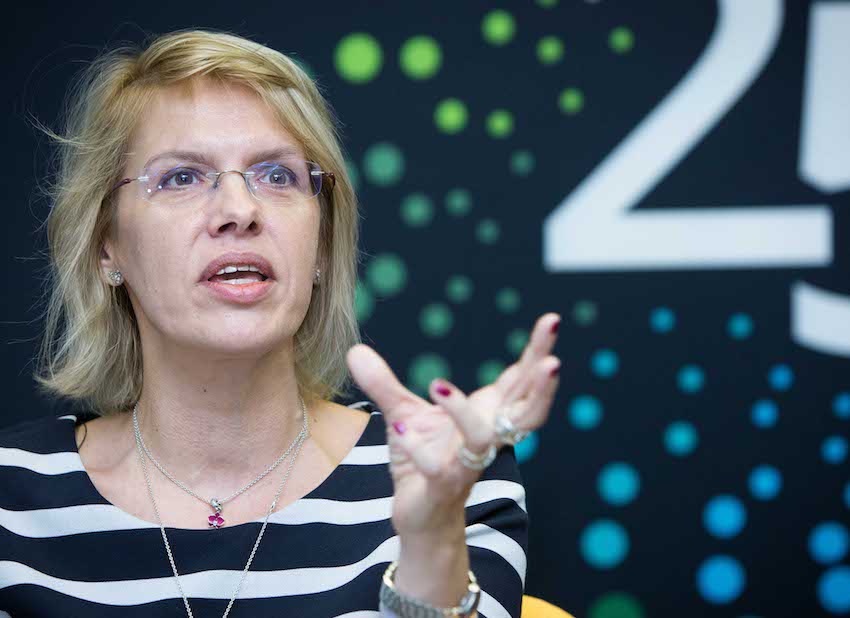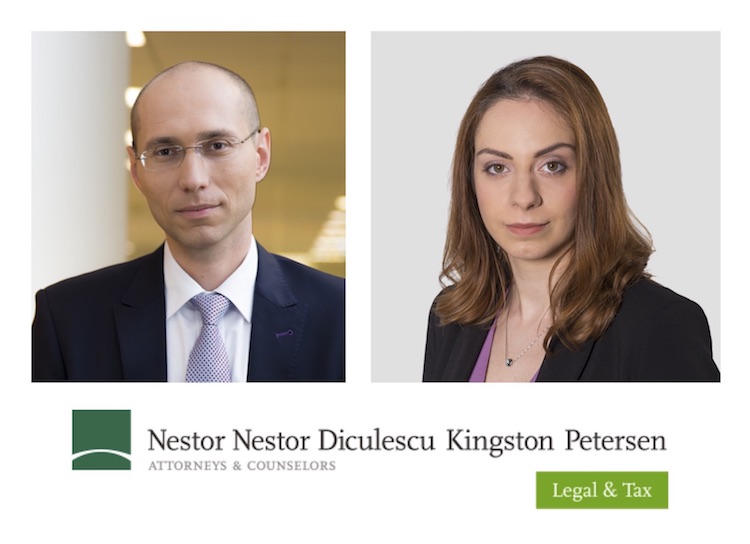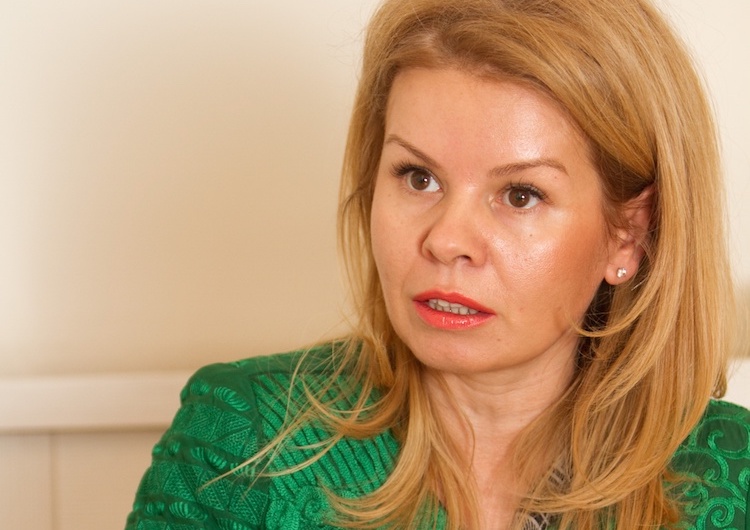Attracting greenfield investments is a key factor for Romania’s sustainable development
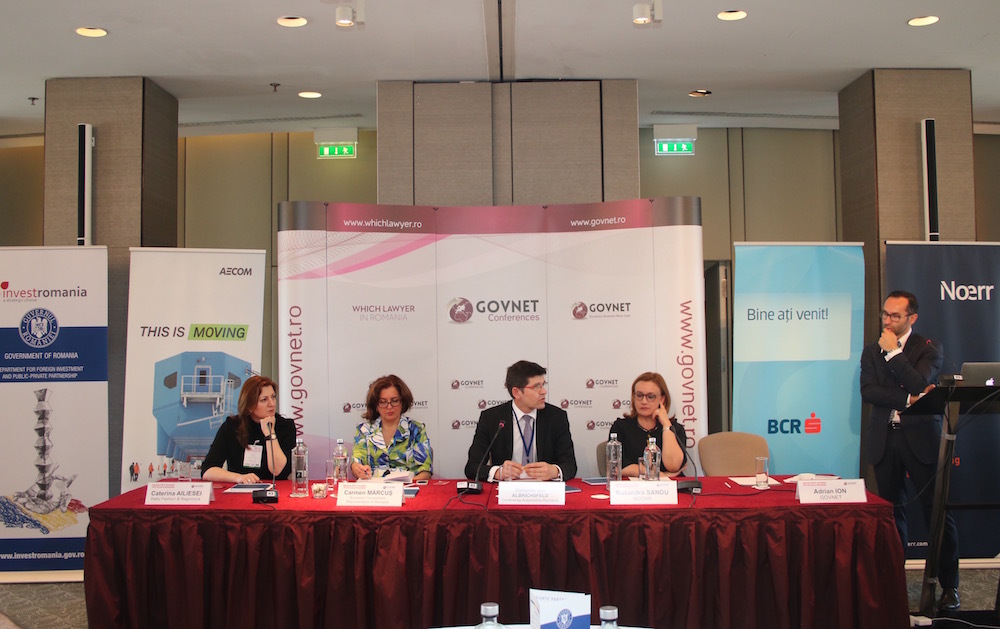
Romania is still an attractive hub for foreign investments, mainly thanks to fiscal incentives and political stability, but the lack of infrastructure, of long-term vision, and of available qualified workforce are aspects Romania should improve on to keep up with its neighbouring countries.
These are some of the conclusions experts, foreign and local investors have drawn at the FDI & Greenfield 2016 Exclusive Roundtable, organized by GOVNET, in strategic partnership with Invest Romania, Noerr, Aecom and BCR, at the InterContinental Hotel in Bucharest.
The event was dedicated to promote Romania as an attractive destination for foreign investments, and participants debated on what Romania needs in order to attract and retain the right kind of investment. The theme of the event was “Attracting FDI, a key factor for Romania’s sustainable development.”
The difficulty in finding qualified work force, the lack of infrastructure, and the fact that work productivity cannot keep up with the increasing minimum wage were some of the concerns tackled by the companies attending.
According to Carmen Marcus, Economic Adviser of the European Commission Representation in Romania, the effects of the economic crisis also reflect in contracting loans -“investments in Romania are still recovering from the economic crisis and public investments still face serious challenges and that is why in 2016, the recommendations of the Commission included issues such as adopting a masterplan and strengthen public investment project prioritization and preparation.” When it comes to the competitive advantages of this country, Marcus enumerates location (Europe), natural resources and low costs. In her opinion, “the quantity of the foreign direct investments is important for the economy, but the quality is crucial.”
Rusandra Sandu, Partner at Noerr, on the perception and feeling of the country at the moment, confesses that many of their clients are still recovering from the crisis, and that “Romania will have to keep up and move up to the standards of our neighboring countries”. As for the advantages, she mentions some of the interesting financing programs provided by the Government such as state aid. She also observed that many of the announced new investments in the market are rather extensions of the existing ones (see Daimler choosing Poland over Romania).
“The companies don’t come for the incentives, but for the right possibilities of doing business”, says Christian von Albrichsfeld, General Manager Continental Romania.“We need infrastructure for getting the production out and we need qualified workforce”, he adds. “In the cities we are present, the unemployment rate is down (...) we need to have different educational strategies depending on the regions of the country”. In this sense, he confessed they trained 150 people within a professional schooling project where they partnered with different companies in Brasov and Timisoara areas. In his opinion, political stability is one of the advantages for investing in Romania, but what is more important is that “Romania should have a long term view and decide what they want in the next 10 years.”
Being asked how they manage to be competitive in the context of increasing minimum salaries, Octavian Barnutiu, Finance Manager at EKR Elektrokontakt (German company with 3 plants in Romania in the automotive industry) explained how strongly this change affected their business: “2 years ago, we had a plan of incerasing the plant from 2000 to 3000 employees, we also had a successful state aid application, but in the end, after the last minimum wage increase was adopted by the government, we decided to cancel, to skip the project (…) and go for it in a different country”. He also added how these changes strongly impact the manufacturing business: “Maybe for Bucharest or for some major cities like Timisoara or Cluj, or Iasi, the minimum wage may not be that important, but for smaller cities this is more or less deadly if you have only manufacturing business.”
EKR had to hire blue collar workforce from the counties around Arad as well, because of the lack of workforce in the area. Due to the minimum wage increase and no increase in productivity, those people remained without workplaces, went back to their hometowns, and up until now most of them are still unemployed. “The Government should see what is the balance between the advantagesof increasing the minimum wage and what is the loss. People who are unemployed are more difficult to integrate at a later stage in the labor market”, Barnutiu concludes.
Covering the development of the textiles industry and the north eastern part of the country, Caterina Ailiesei, owner and general manager at Katty Fashion, talked about REGINNOVA, an innovation, TT, HR and Community Support Association, creating a structured environment to boost the building of a dynamic and competitive textile and clothing value chain of hemp in the NE Region: “The development of textiles and clothing industry has to serve mankind making the production processes more ethical and reducing their negative impact on the environment.” Their main and strategic partner throughout the process was the NE Agency for Regional Development (ADR Nord-Est).
Iulian Sorescu, Associated Partner and Head of the Financial Department of Noerr, used his expertise in order to provide a technical and deep insight to what state aid procedures mean and what recipes for success his clients used in attracting them“From the financing tool point of view, Romania is very attractive for foreign investments - we still have 50% intensity – the money that you can take, comparing to 15-25 % in the neighbouring countries. Moreover, most of the industries are covered.”
“Romania looks very good macrofinancially- you can tell that when you look at foreign funds, foreign investors, the GDP growth, the fiscal incentives”, observes Ioana Gheorghiade, Executive Director Public & Infrastructure Finance Division at BCR. “What is missing is an overall feeling of stability in terms of different types of measures taken”, she adds from a personal point of view. Over the last 2 years, Banca Comerciala Romana has been an active financier on the M&A market supplying capital for acquisitions in healthcare, packaging, services, construction and others. Energy has occupied 49% of the project finance deals.
“We have invested over 7 billion EUR in the country. That probably makes us the biggest investor or financial institution in Romania”, reveals Mihnea Craciun, Deputy Director, European and Bank for Reconstruction and Development. “The perception of the EBRD 10 years ago was that we were focusing only on large infrastructure projects. It is not the case anymore because now we have gone much deeper in the core of the econonomy and we are trying also to help investments in SMEs. (…) We need to support the manufacturing and services sectors in the country and this is where most of the FDI is focused these days.” EBRD has supported SONACA,a Belgian company investing in parts for the aerospace industry, to set up their plant in Romania, where they joined state aid scheme with financing, the Turkish from ETI and the Austrians from Montana for their plants in Romania as well.
Alfredo Biosca, General Manager for AECOM Romania, the engineering design firm with the highest revenue in the world that is present in 150 countries, and in Romania has helped shaping projects like extension and renovation of water and wastewater in Brasov, Sibiu, Bistrita-Nasaud, Neamt, Olt, Arges, Petromidia Gasoil Drying Unit, sections for highways and national roads, says that for the projects implemented here, they work with experts from all around the world, but they implement them with our local engineers. “We are members of the Romanian Association of Consulting Engineers and we are working with our colleagues in order to translate the legislation, to make the market more flexible and mainly more secure for investments.”
by Mihaela Constantin
